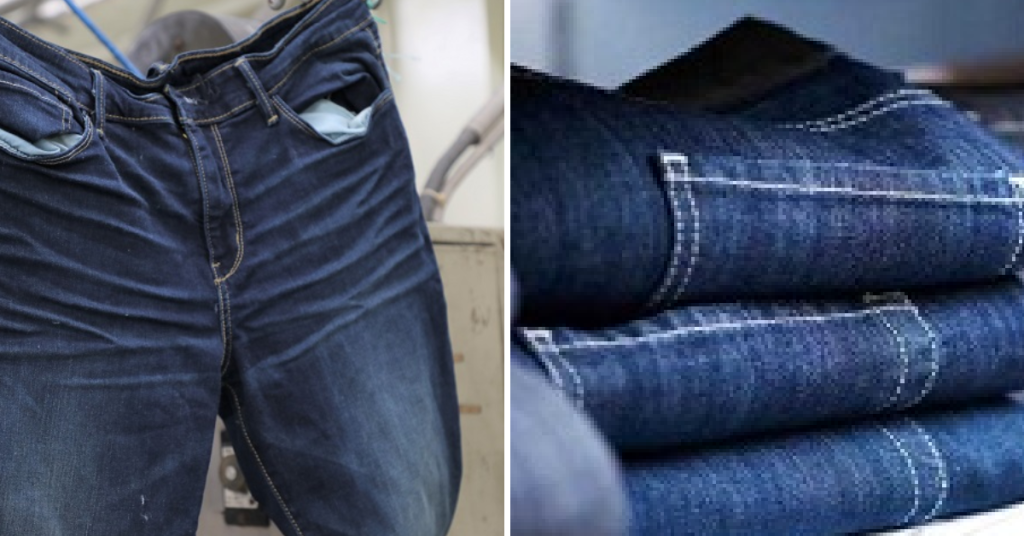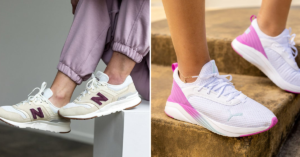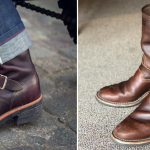Water, a precious resource essential for all life on Earth, is facing a crisis in the realm of denim production. The fashion industry, particularly the denim sector, has traditionally been a heavy consumer of water, but times are changing. With sustainability taking the center stage in various industries, denim manufacturers are exploring innovative ways to reduce their water usage and minimize their environmental footprint.

In an effort to address the water crisis in denim production, a wave of technological advancements and sustainable practices have emerged. From ozone washing to foam dyeing, the industry is embracing new methods that not only conserve water but also cut down on chemical usage and energy consumption. This shift towards more water-efficient processes not only benefits the environment but also reflects a changing consumer demand for eco-friendly and socially responsible products.
The Water Crisis in Denim Production
Denim production relies heavily on water, from growing cotton to dyeing and finishing the fabric. The fashion industry’s demand for jeans has led to a significant strain on water resources worldwide. The water crisis in denim production is a pressing issue due to the environmental impact of excessive water usage, pollution from chemical runoff, and the depletion of water sources in regions where jeans are manufactured.
Consumers may not be aware of the amount of water required to create a single pair of jeans. From cotton cultivation, which is a water-intensive crop, to the various stages of washing, dyeing, and finishing denim, the water footprint of a pair of jeans is surprisingly large. Understanding the water crisis in denim production is crucial for promoting sustainable practices and encouraging the industry to adopt water-saving technologies and processes to help mitigate the impact on our planet.
Ozone Washing: Reducing Water Usage in Denim Finishing
Ozone washing is a game-changer in the denim industry when it comes to saving water during the finishing process. By utilizing ozone technology, denim manufacturers are able to achieve the desired faded and distressed looks on jeans without the need for excessive water usage and harsh chemicals. This eco-friendly method not only conserves water but also reduces the overall environmental impact of denim production.
In ozone washing, O3 molecules are used to break down indigo dye on denim fabric, giving it that worn-in appearance. This innovative technique not only saves water but also cuts down on the energy required for traditional washing processes. With the fashion industry increasingly focusing on sustainability, ozone washing is becoming a popular choice for brands looking to reduce their water footprint in denim production.
Laser Technology: A Dry Alternative to Traditional Abrasion Techniques
Let’s talk about laser technology in the denim world. Picture this: instead of using heavy machinery to distress and fade jeans, lasers can achieve the same effects with precision and without the need for water. How cool is that?
So, how does it work? Well, lasers essentially burn off the top layer of fabric to create those trendy faded patterns or distressed looks on jeans. This not only saves water but also reduces the need for harmful chemicals typically used in traditional abrasion techniques. Plus, the possibilities for intricate designs are endless with laser technology!
Waterless Dyeing: How it Works and Its Benefits
Imagine a world where you can dye fabric without using gallons upon gallons of water. That’s the concept behind waterless dyeing. This innovative process eliminates the need for huge water volumes typically required in traditional dyeing methods. How does it work, you ask? Well, it involves using techniques like digital printing or dry pigment application to color textiles, bypassing the extensive water baths usually needed in conventional dyeing processes.
The benefits of waterless dyeing are aplenty. Not only does it significantly reduce water usage, but it also cuts down on wastewater discharge, minimizing the environmental impact of textile dyeing. Additionally, this eco-friendly approach results in a more efficient use of resources, saving both water and energy in the production process. By adopting waterless dyeing methods, fashion brands can make a positive stride towards sustainability without compromising on the vibrancy and quality of their garments.
Foam Dyeing: Cutting Down Water and Chemical Usage
When it comes to dyeing denim, foam technology is a game-changer. This innovative method slashes both water and chemical usage during the dyeing process. By aerating the dye mixture into foam, it creates a more efficient way to evenly distribute color onto the fabric.
Foam dyeing also minimizes the amount of water needed in the dyeing process, reducing the environmental impact caused by traditional dyeing methods. Additionally, the foam technique allows for better penetration of dye into the fabric fibers, leading to a more vibrant and long-lasting color payoff. With foam dyeing, it’s a win-win situation for both sustainability and quality in denim production.
Sustainable Fibers: Using Less Water in Raw Material Production
Sustainable fibers like organic cotton, hemp, and bamboo are gaining popularity in the fashion industry due to their reduced water consumption during cultivation compared to conventional cotton. These fibers require less irrigation and chemical inputs, making them a more environmentally friendly choice for raw material production. By opting for sustainable fibers, fashion brands can contribute to water conservation efforts and promote more sustainable practices in the industry.
Closed-loop water recycling systems are revolutionizing the way water is managed in textile production facilities. These systems enable manufacturers to treat and reuse water throughout the manufacturing process, significantly reducing the amount of freshwater consumed and minimizing wastewater discharge. By implementing closed-loop systems, fashion brands can not only cut down on their water usage but also reduce their environmental impact by conserving this precious resource.
Enzyme Treatments: A Natural Approach to Saving Water
Enzyme treatments are like the ninja warriors of the denim world. They sneak in quietly and get the job done without causing a ruckus. These tiny molecules work their magic by breaking down the indigo dye and softening the fabric, all while requiring way less water than traditional methods. It’s like a secret weapon that saves the day without any flashy special effects.
Imagine your favorite pair of jeans getting that vintage, worn-in look without gallons of water being wasted. That’s the power of enzyme treatments. By harnessing the natural enzymes found in things like mushrooms and bacteria, denim manufacturers can achieve the stylish finishes consumers love while being kinder to the environment. It’s a win-win situation that proves you don’t have to sacrifice style for sustainability in the world of denim production.
The Impact of Water-Saving Technologies on the Fashion Industry
Water-saving technologies have revolutionized the way the fashion industry approaches denim production. With methods like ozone washing and laser technology, brands are slashing water usage without compromising on style. These innovations not only benefit the environment but also resonate with consumers who are increasingly conscious of sustainability in their purchasing decisions.
By adopting waterless dyeing techniques and implementing closed-loop water recycling systems, fashion companies are not only reducing their environmental footprint but also setting a new standard for the industry. Sustainable fibers and enzyme treatments further highlight the shift towards more eco-friendly practices in denim manufacturing. This shift is reshaping the fashion landscape, proving that style and sustainability can go hand in hand.
FAQs about Water-Saving Technologies in Jean Production
Why is water-efficient jean production important?
Water-efficient jean production is important because denim production typically uses a lot of water, which can have a negative impact on the environment. By reducing water usage, brands can help conserve this precious resource.
How does ozone washing reduce water usage in denim finishing?
Ozone washing is a process that uses ozone gas to bleach and distress denim, reducing the need for water in traditional washing techniques. This helps save water while still achieving the desired look.
What is foam dyeing and how does it help cut down water and chemical usage?
Foam dyeing is a technique that involves using foam instead of water to dye fabric. This reduces both water and chemical usage in the dyeing process, making it more environmentally friendly.
How do sustainable fibers help in using less water in raw material production?
Sustainable fibers are made from materials that require less water to grow or produce, such as organic cotton or hemp. By using these fibers, brands can reduce their water footprint in the production of raw materials.
What impact do water-saving technologies have on the fashion industry?
Water-saving technologies are helping to transform the fashion industry by making production processes more sustainable and environmentally friendly. Brands that adopt these technologies are leading the way in creating a more water-efficient future for denim production.
Conclusion
The denim industry’s shift toward water-efficient production methods is not just a trend but a crucial step towards sustainability. By embracing technologies like ozone washing, laser abrasion, and foam dyeing, manufacturers are significantly reducing their water consumption, which is essential in an era of increasing environmental awareness. These innovations, combined with the use of sustainable fibers and closed-loop water recycling systems, demonstrate that it’s possible to produce high-quality denim while minimizing environmental impact.
As consumers become more eco-conscious, the demand for sustainably produced jeans continues to grow. Brands that lead the way in adopting water-saving technologies are not only helping to preserve precious resources but also setting new standards in the fashion industry. This movement towards water-efficient production practices is a testament to the industry’s potential to innovate and evolve, ensuring that future generations can enjoy both stylish and sustainable denim.






